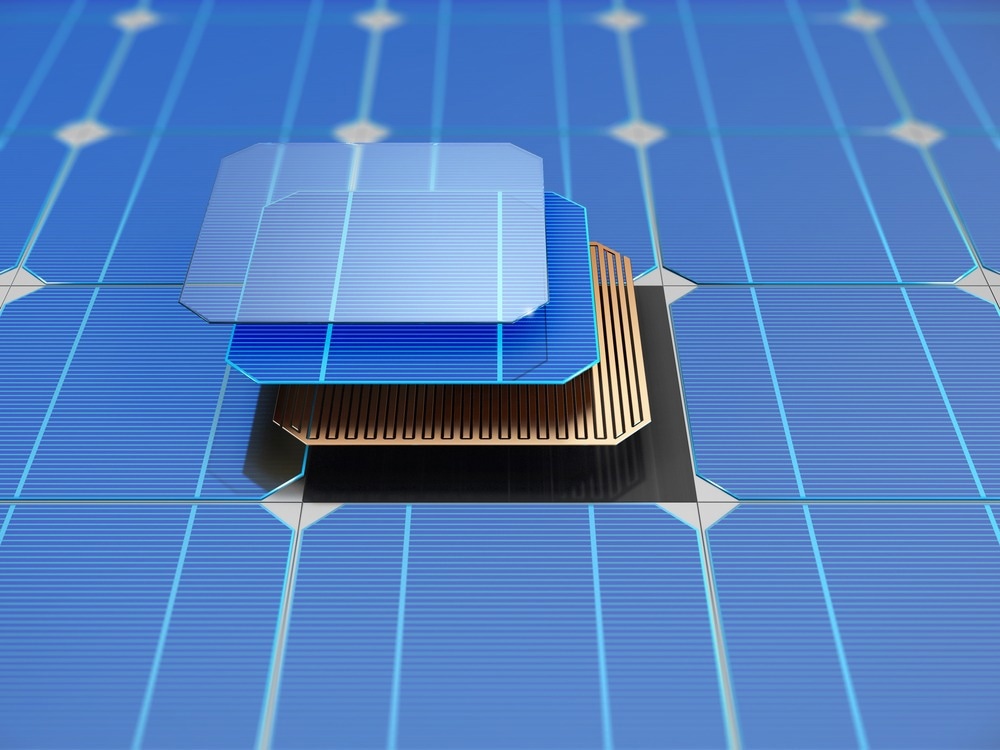A significant scientific advancement from the researchers at the University of Surrey's Advanced Technology Institute (ATI) is moving closer to mass-producing the next generation of more affordable and lightweight perovskite solar cells.

Image Credit: Iaremenko Sergii/Shutterstock.com
A nanoscale “ink” coating of aluminum oxide on metal halide perovskite enhances the ability of this rising photovoltaic technology and stabilizes the drop in energy output that presently plagues perovskite technology.
In the past, metal oxides have been shown to either benefit or degrade the performance of perovskite solar cells. We’ve identified aluminum oxide which can improve performance and minimizes the drop in efficiency during conditioning of perovskite solar cells.
Hashini Perera, Study Lead Author, University of Surrey
Perera added, “We show that this nano-oxide allows a uniform coating of perovskite material on highly promising organic molecules that self-assemble on a surface and improve device output.”
Dr Imalka Jayawardena from the University of Surrey’s Advanced Technology Institute said, “Performance limits of traditional solar cells are why researchers are switching to examining perovskite as the next-generation solar technology, especially as applications both terrestrial and in space are rapidly growing. Our key development in solar panel technology shows a cost-effective approach to scaling of perovskite solar cells, a development which could help countries around the world to reach their net zero targets faster.”
Solar and wind energy costs are rapidly decreasing based on technology improvements, to the level where worldwide over 80% of all new additional power generation capacity is based on renewables.
Ravi Silva, Study Corresponding Author, Advanced Technology Institute, University of Surrey
Silva added, “The levelized cost of solar electricity is now cheaper than most other power generating sources. With the maturing of perovskite solar modules, the levelized cost of electricity will significantly decrease further, and that is why this is such an exciting area to work.”
Journal Reference
Perera, W. H. K., et al. (2023) Modification of Hydrophobic Self-Assembled Monolayers with Nanoparticles for Improved Wettability and Enhanced Carrier Lifetimes Over Large Areas in Perovskite Solar Cells. Solar RRL. doi.org/10.1002/solr.202300388.